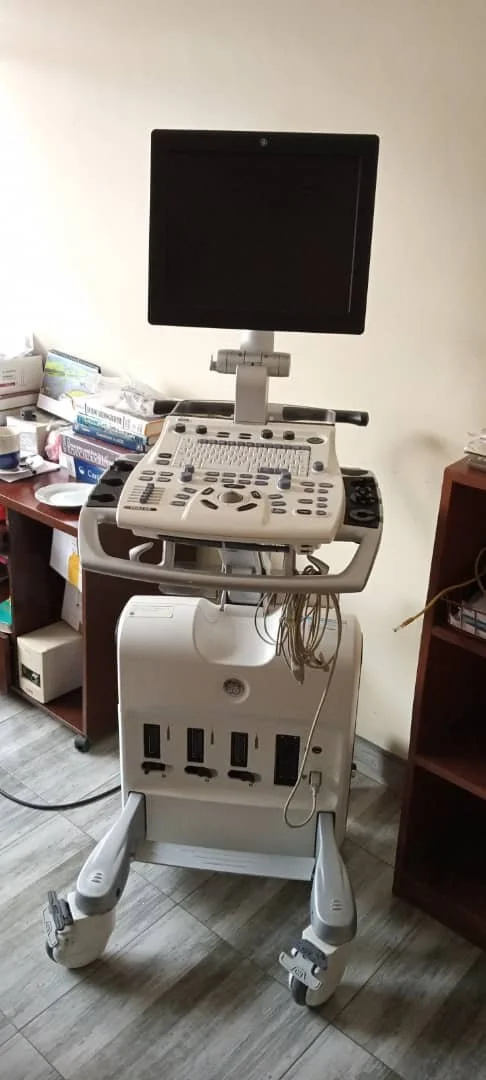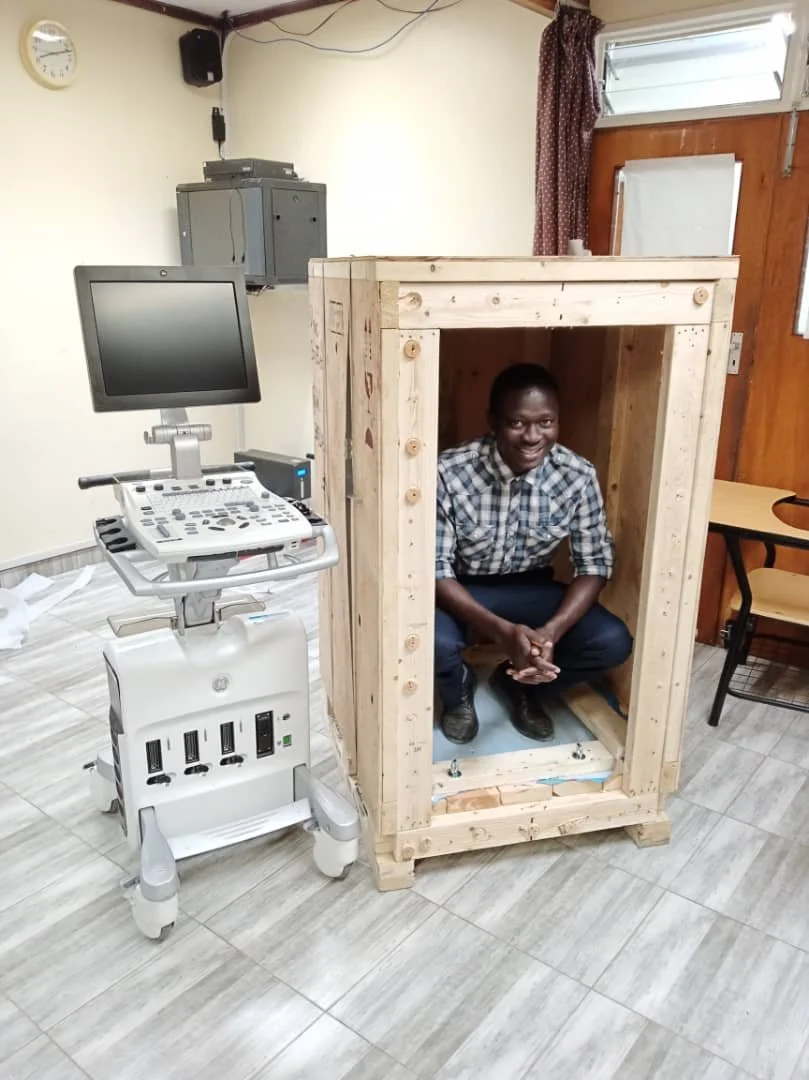MTIMA’s Gift: Uncrating a Future at KUHeS
The crate looked ordinary enough—a plywood box with stencils and straps—until the lid lifted at Kamuzu University of Health Sciences. Foam peeled back, and a GE S70 ultrasound gleamed under fluorescent lights. Students crowded close, faculty checked serials, and a new chapter in cardiac training began not with a ribbon but with a checklist.
The journey to that room started months earlier in Ontario. A donor, Dr. George Farag of Sarnia, committed the machine; Kevin Beal shepherded it to North American Crating Inc. in Etobicoke; and a volunteer crew organized by Edward Purdue built the custom crate, waiving labor so every dollar could follow the machine’s purpose. Logistics can sound unromantic—paperwork, pallets, pro-formas—but here it read like a map of good intentions made practical.
At KUHeS, the S70 is more than hardware. It’s a classroom accelerant and a clinical hinge. Trainees learn echo the right way—standard views, reproducible measurements, readable reports—so images become decisions: who needs urgent referral, who needs diuretics and follow-up, who can safely wait. In a system where minutes and beds are always in deficit, clarity is a currency.
The donation also comes with the unglamorous scaffolding that keeps “out of service” signs from becoming wallpaper: a basic maintenance plan, a spare probe, a simple reporting template that reduces ambiguity, and case reviews that keep technique sharp. The goal isn’t a trophy on a spec sheet; it’s uptime on a Tuesday and skill that sticks by Friday.
Credit belongs to names and to a network. Dr. Farag’s generosity, Kevin’s logistics, Edward’s team (North American Crating Inc.), and MTIMA’s coordination converged with KUHeS’s academic muscle and clinical need. The result is tangible: a machine in a room, switched on, used well, teaching now, treating next, shrinking the distance between suspicion and care.
August 2023 will be remembered less for a shipment than for what followed: cleaner echoes, faster referrals, fewer avoidable transfers. That’s how small acts of precision turn into public goods—one crate, one lab, one cohort of clinicians trained to see the heart clearly and act with confidence.





